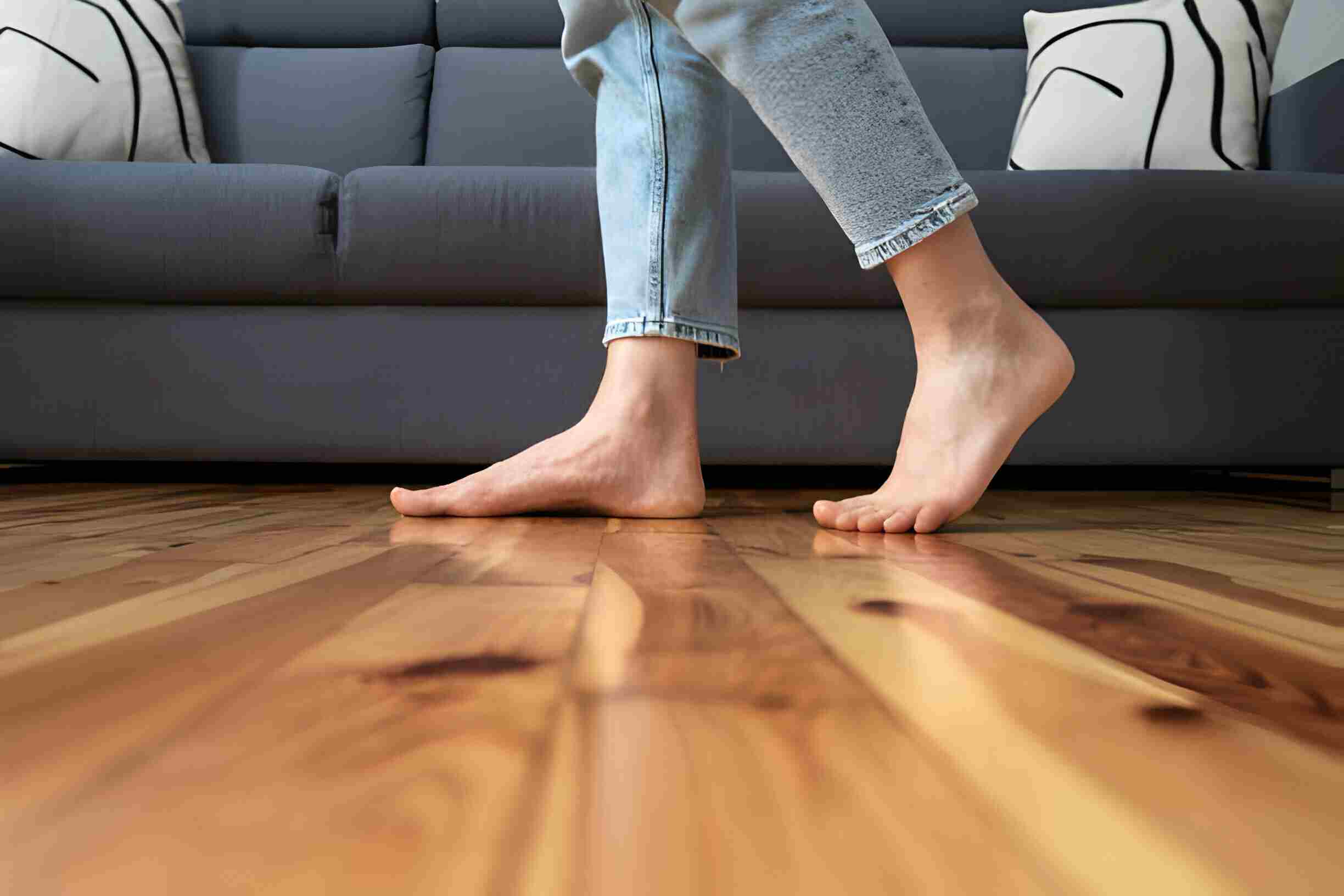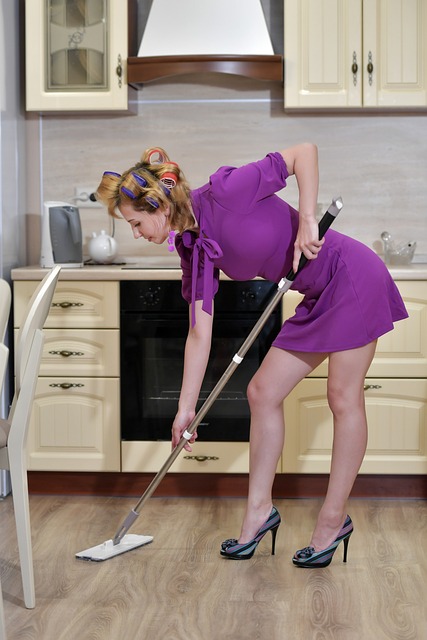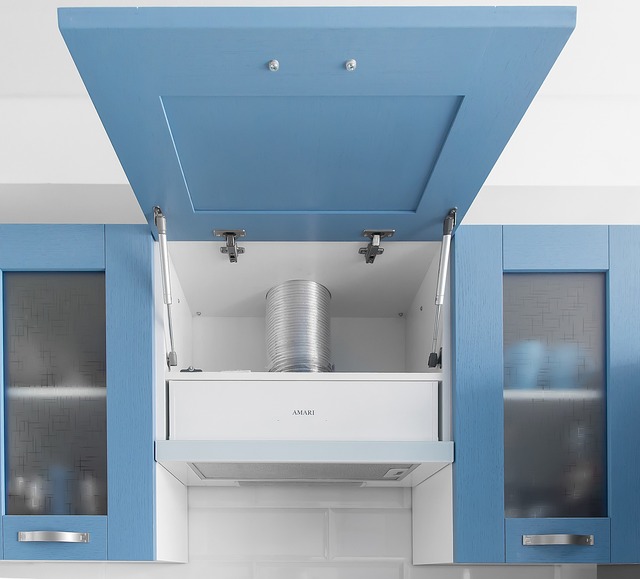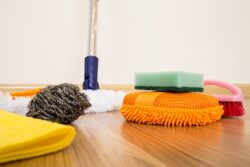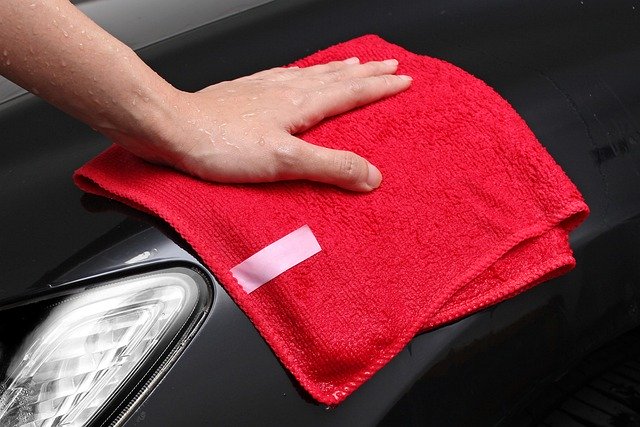There’s a certain timeless charm to wood floors that can transform any house into a warm and welcoming home. Their rich hues and natural beauty are unparalleled, and they stand the test of time. But to keep your wood floors looking their best, you need to know the art of cleaning and maintenance. In this comprehensive guide, we will take you on a journey through the world of wood floors, sharing essential tips and tricks for cleaning and maintaining them.
Whether you’re an owner of exquisite oak, elegant maple, or rustic pine, the principles of wood floor care remain the same. From daily routines that keep your floors sparkling to addressing common issues like scratches and moisture damage, we’ll equip you with all the knowledge you need to ensure your wood floors stand the test of time. So, let’s begin with a walk on the wooden path to maintaining the natural beauty of your home.
Everyday Cleaning
1. Sweep or Vacuum Regularly
Dirt and debris can act like sandpaper on your wood floors, causing gradual wear and tear. To prevent this, sweep or vacuum your floors regularly to remove loose particles. Use a soft-bristle broom or a vacuum with a floor brush attachment to avoid scratching the wood.
2. Use a Microfiber Mop
A microfiber mop is an excellent tool for daily cleaning. It traps dust and dirt without leaving behind any residue. Simply dampen the mop slightly or use a wood floor cleaner designed for daily use. Avoid excessive moisture, as water can damage wood.
3. Clean Up Spills Immediately
Wood and water are not the best of friends. If a spill occurs, clean it up promptly to prevent water from seeping into the wood and causing damage. Use a dry or slightly damp cloth to wipe the spill, and then dry the area thoroughly.
4. Place Mats and Rugs
Strategically placed mats and rugs can help trap dirt and moisture at entryways, reducing the amount that gets onto your wood floors. Be sure to choose mats that are appropriate for wood floors, as rubber-backed or non-ventilated mats can trap moisture and harm the finish.
Periodic Cleaning
1. Deep Clean Every Few Months
Even with regular daily cleaning, your wood floors may benefit from a deeper clean every few months. Use a wood floor cleaner that is specifically designed for this purpose. Always follow the manufacturer’s instructions for your particular type of wood.
2. Avoid Harsh Cleaners
When selecting a wood floor cleaner, avoid products that contain harsh chemicals, as they can damage the finish and the wood itself. Look for a cleaner that is pH-balanced and specially formulated for wood floors.
3. Gentle Scrubbing
For tough spots or scuff marks, you can use a soft cloth or a white nylon scrub pad with your wood floor cleaner. Be gentle and avoid using abrasive materials that could scratch the wood.
4. Drying is Crucial
After deep cleaning, ensure that your wood floors are thoroughly dry. Excess moisture is a common enemy of wood, so take care to dry the floor properly.
Addressing Common Issues
1. Dealing with Scratches
Minor scratches can be addressed with a wood touch-up pen or a wood filler. For deeper scratches, it’s advisable to consult a professional. Prevent future scratches by using felt pads on furniture legs and being mindful of high-heeled shoes.
2. Handling Moisture Damage
Excessive moisture can lead to cupping or warping of wood floors. Maintain a stable indoor humidity level (usually around 30-50%) and avoid excessive moisture, especially in areas like bathrooms and kitchens. If moisture damage occurs, you may need to replace affected boards.
3. Sunlight and Fading
Direct sunlight can cause wood floors to fade over time. Use curtains or blinds to protect your floors from prolonged exposure to the sun. Rotating rugs and furniture can help distribute light exposure more evenly.
Long-Term Maintenance
1. Refinishing
Wood floors can benefit from refinishing every few years, depending on wear and tear. This process involves sanding down the old finish and applying a new one. It can restore the original luster and protect the wood.
2. Protecting Against Scratches
Place furniture pads under the legs of chairs, tables, and other pieces to prevent scratches when they are moved. Additionally, use area rugs in high-traffic areas to reduce wear and tear.
3. Regularly Inspect and Maintain
Periodically inspect your wood floors for any issues. Address any problems promptly to prevent further damage. This may include resealing areas, fixing loose boards, or addressing gaps between boards.
Conclusion
Your home’s wood floors are a testament to elegance and endurance, a canvas of nature’s beauty beneath your feet. They hold the power to transform any space into a cozy sanctuary, but this power comes with a responsibility – the responsibility to clean and maintain them.
In this guide, we’ve explored the comprehensive art of wood floor care, from daily cleaning routines that keep them pristine to addressing common issues and long-term maintenance. By following these principles, you’re not just preserving the integrity and charm of your wood floors; you’re creating a legacy that can last for generations. So, go ahead, embrace the splendor of wood underfoot, and enjoy the timeless allure of well-maintained wood floors in your home. Your journey to wood floor mastery begins now.





